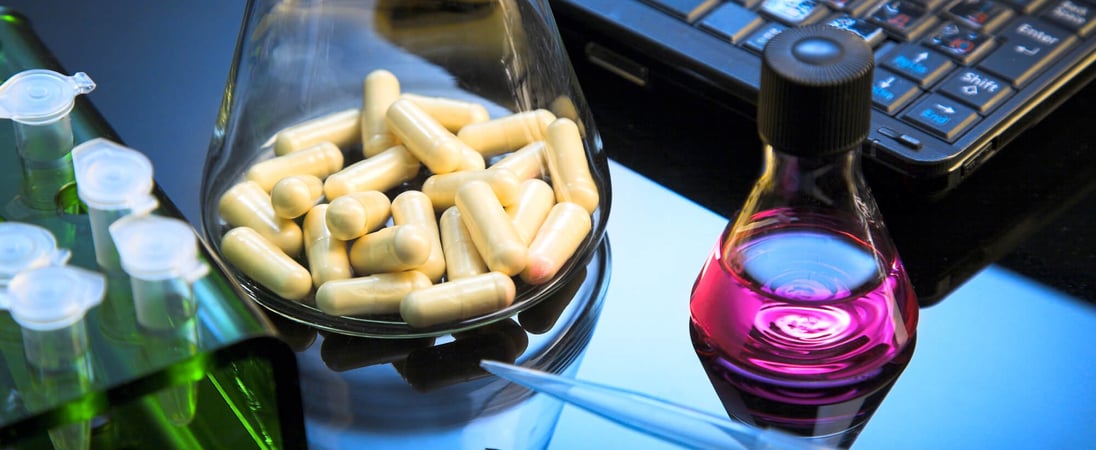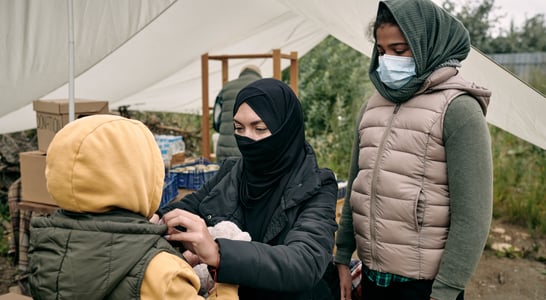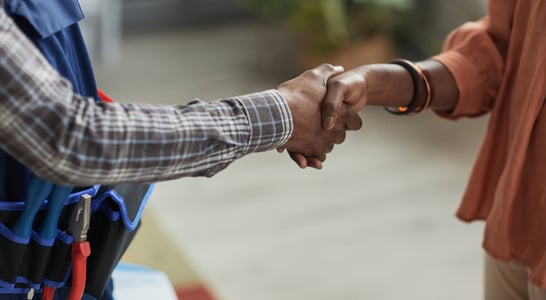
National D.A.R.E. Day
D.A.R.E is “Drug Abuse Resistance Education”, and aims to steer kids away from drugs through community engagement and education, typically at schools.
Drug Abuse Resistance Education, or National D.A.R.E. Day is a time when local law enforcement officers will traditionally visit schools all over the United States spreading the word about drugs, how to avoid them, why they’re bad for you, and the penalties if you choose to become involved with them.
They aim to empower youth with the skills needed to resist peer pressure and make safe decisions.
The day serves as a reminder of the collective effort to create drug-free communities and support the well-being of future generations.
How to Celebrate D.A.R.E. Day
Talk to Your Kids About Drugs
This is a great day to sit down and talk with your kids about drug use, and what the inherent dangers are in using them.
You can talk to them about how to deal with peer pressure, areas to avoid, how to say no, and how to identify drugs if they come across them. All of these can be very useful in the high pressure filled environment of the public school system combined with youth.
One of the great ways to celebrate this day is to help organize a method of educating the parents and kids in the school how to identify where there might be a drug problem.
Help Prevent Drug Use
Taking the lessons of the education offered by law enforcement, you can help put some of them into action.
It takes an entire community working together to keep the terrible scourge that is the narcotics underground from taking hold in your neighborhood. Once these are identified you can help facilitate the drug prevention programs in your community.
Connect with Community
D.A.R.E. day is a great day for a reconnection with your kids and community, helping to prevent the introduction of drugs into their lives.
This program has moved beyond the initial intent of covering just narcotics and street drugs. Education has since been expanded to cover tobacco smoking, inhalants from things like whippets, and how to handle peer pressure in their social network.
Start a D.A.R.E. Program
In this year, if you’re part of the 24% of schools in the United States that doesn’t have a D.A.R.E. program implemented, you can use this day to try to help organize a visit from your law enforcement agents to help present the dangers of drugs to the community.
There’s nothing more important than keeping your kids safe from the dangers in the world, and implementing a D.A.R.E. program in your community is one fantastic and time proven method of helping them.
History of National D.A.R.E. Day
Many now-adult Americans will remember the special and particularly snazzy car that would arrive at the school, often times with a K-9 unit in tow, and a variety of items to do a show and tell with!
Started in 1983, this program’s moniker, D.A.R.E., means ‘Drug Abuse Resistance Education’, and that is the core of this day’s experience. The education that takes place includes how to identify students that are high risk, and how to identify the secret language of the drug underground.
In 1986, the Drug-Free Schools and Communities Act supported D.A.R.E. programs, providing crucial funding.
President Ronald Reagan proclaimed the first National D.A.R.E. Day in 1988, emphasizing the nation’s commitment to fighting drug abuse. This annual observance celebrated the program’s efforts to promote healthy, drug-free lifestyles among youth.
Over the years, the D.A.R.E. curriculum evolved, incorporating new strategies to remain effective. Initially, the program focused on drugs like tobacco, alcohol, and marijuana but later expanded to include broader topics like internet safety and bullying.
Since its inception, National D.A.R.E. has taken on a number of different iterations, with celebrations occurring both in September and April, allowing for schools to adjust their schedules and curriculum to better meet the needs of the students.
About the D.A.R.E Program
D.A.R.E. is a program that was established to help facilitate the education of communities in drug abuse resistance education.
The level of education that police officers require is a complete 80 hours of training in areas such as classroom management, child development, and techniques for educating, complete with communication skills.
Those who are going to be educating High School Students require an additional 40 hours.They are invited by school districts to work with the students there. They are brought into the classroom and are not required to have licenses to teach.
The program has different approaches for different age groups. The purpose of this education system is to permit officers and sheriffs to interact with students in a controlled environment, where safety is a major factor.
One of the unintended side effects of this program is that police officers are viewed more favorably by those who have gone through this.
Also on ...
View all holidaysNational High Five Day
Give a high five to everyone, and let them know their accomplishments don’t go unnoticed. Whether your friend got a promotion or made a basket—high five!
National Librarian Day
These knowledgeable folks are book lovers and experts in finding information. They love helping patrons and keeping the library organized.
National Eggs Benedict Day
Enjoy some crunchy English muffins, perfectly poached eggs, and the one-of-a-kind savory Hollandaise sauce for breakfast on National Eggs Benedict Day.








